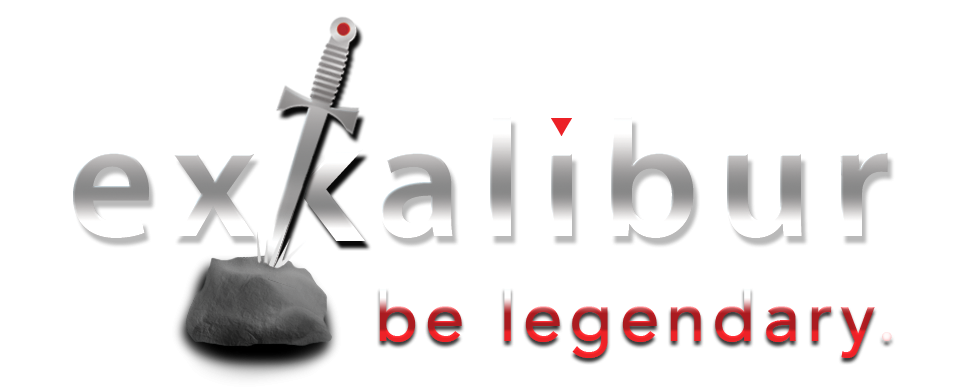
Tom Sampson, the controller for Ace Business Stuff, was in his office considering how to explain to John Wilson, the Company’s CEO, the issues related to the Company’s borrowing capacity and the weaknesses in the Company’s Balance Sheet.
Tom pulled together several schedules for his meeting with his CEO that afternoon, but was still struggling with how to get across some of the subtleties that he knew John would want to understand.
Tom knew that his CEO was absolutely committed to the Company’s success, although he became very frustrated when his convictions about future performance collided with the bank’s concerns about current performance.
What factors will the bank consider?
Tom knew that the bank considered many factors when judging an asset-based loan.
Having enough collateral to support the Company’s borrowing request was only part of it.
How do they measure the strength of the collateral?
One key ingredient is the quality of the collateral. Tom had often expressed concerns about the Company’s liberal return policy, as well as its lenient collection policy.
He knew the bank would examine the Company’s historical product return rate and its collection policies and they might fall a little short.
What is the quality of our receivables?
It was likely that the generally-accepted 80% advance rate against receivables would be reduced by the bank given the Company’s product return rate of around 7%, meaning that the Company only netted about 93% out of every sales dollar.
Tom knew that the return rate was unacceptably high and while they were working to improve it, they hadn’t made much progress.
Is there any bad debt expense?
[pullquote]“Anyone who lives within their means suffers from a lack of imagination.” ~ Oscar Wilde[/pullquote]
Also, their bad debt expense was 5% last year because they failed to uncover a large but struggling customer before they went out of business.
The bank would calculate that the 100% value of every sale is really more like 93% minus the 5% bad debt, which brings the realizable value from each dollar of sales to something closer to 88% … and that’s in a perfect world with no other hiccups.
Tom was pretty sure that the 8% margin over the target 80% advance rate would not give the bank a sufficient cushion.
Most likely, the company would be unable to borrow at an 80% rate … more likely, something like 70%, which would make things even tighter.
What about our inventory value?
“Hi Frank,” Tom said when he reached the Company’s warehouse manager.
“John and I will be visiting with our bank next week and I wanted to get an update from you on some of the older inventory we still have on hand. Any movement on any of that?”
“Not really, Tom,” Frank replied. “I’ve reminded the sales guys every time they wander through here, and I know John has talked to David about it.”
David is the company’s sales manager, a capable executive but one who, in Tom’s opinion, always looked forward to next season’s products without much accountability for inventory that remained unsold for the past season.
“Tom, you know John. Like the rest of us, he hates writing stuff off but some of this stuff, well, I don’t think the customers really want it anymore.”
What are you doing about slow-moving inventory?
“Thanks, Frank. I know I need to talk to John further about it. I’ll get back to you with whatever I learn.”
This is why their inventory turnover is declining, Tom thought. He knew that the sales department, with John’s tacit support, was unwilling to reduce prices on products that an objective observer might consider obsolete, believing that they could be sold “if they could just find the right customer”.
They rarely did, so the inventory just sat there.
Once the “salable inventory” was identified and examined by the bank, the traditional 50% advance rate for inventory might also be under attack.
Are you paying enough attention to your balance sheet?
Tom considered various ways to overcome these issues but also realized that the Company’s Balance Sheet was also working against him.
He didn’t have a current schedule handy, but he knew he needed to update their various ratios so he could show John, in black and white, exactly what was going on.
What are some of the ratios the bank cares about?
[pullquote]Please note that if you hover your mouse over a defined term that is underlined with a dotted line, the definition will appear alongside. A complete Glossary is also available.[/pullquote]
Tom knew that their Current Ratio was tolerable but not great.
He also realized that a greater concern would be the Quick Ratio, which was not very strong, barely half the size of the current ratio.
To be forewarned is to be forearmed
A lot was on the line. They weren’t just asking for a collateral loan.
It was a balance sheet loan, too, and Tom hadn’t even dealt with those issues yet.
“John,” Tom said when he called his CEO and got a voicemail recording.
“I’ve got a few more things I’d like to prepare for our meeting, a few more schedules I’d like to put together. I’d like to push our meeting out by 24 hours so I can be better prepared and show you a more comprehensive picture.
“I’ll give you a call in the morning to reschedule our meeting.”
Do your homework
Question: Have you carefully prepared for your meeting with the top executives in your company? Will you “bring it” when you meet with your bank or will they find you stumbling around for answers that you should know cold?




Great post! very informative and helpful. Keep on writing one. 🙂